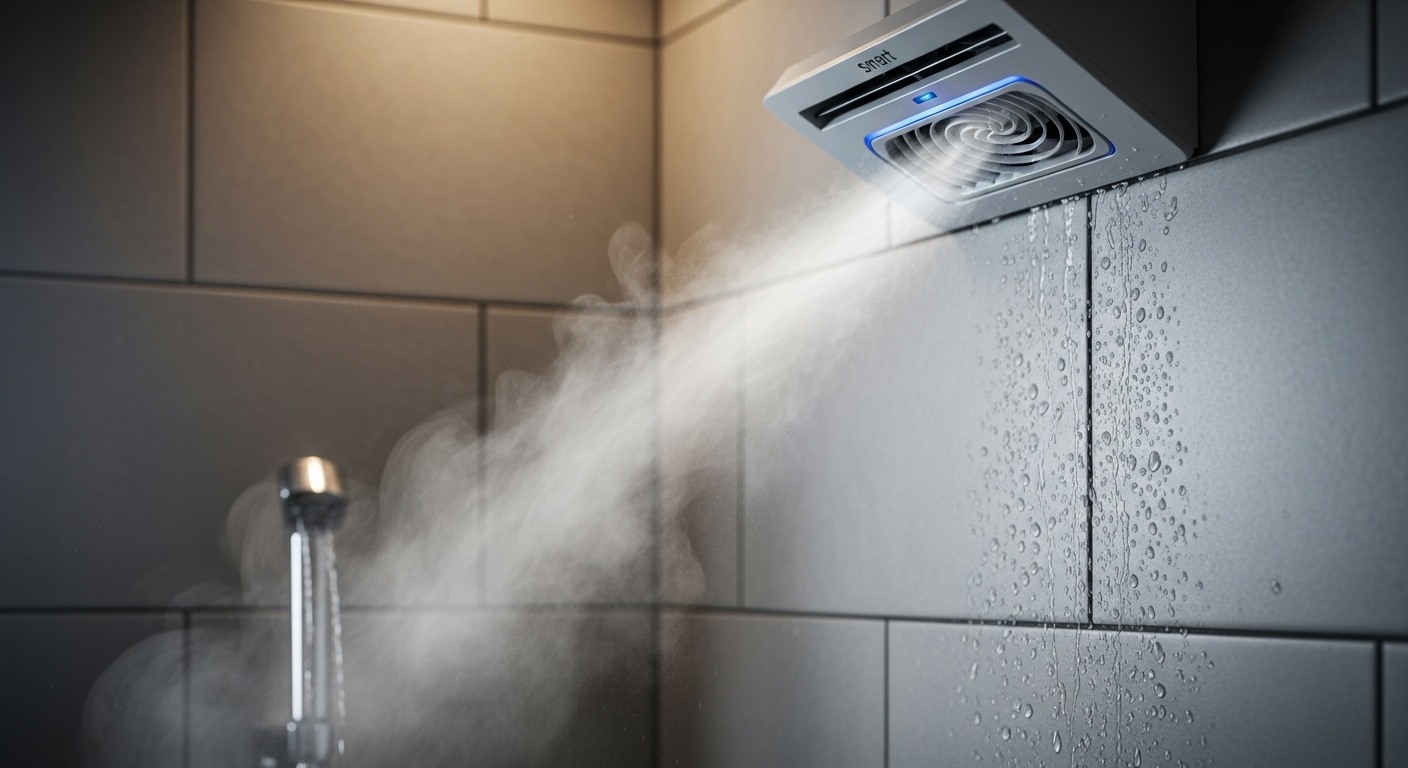Integrating Heat Storage Solutions into Envelope Upgrades
Combining passive heat storage with envelope improvements can significantly improve energy performance and indoor comfort. This article outlines practical approaches to pair thermal storage with retrofit measures, examines material properties such as r-value and conductivity, and reviews moisture, vapor, and ventilation impacts for durable, energy-efficient upgrades.

Retrofitting a building envelope to include heat storage changes how a structure stores and releases thermal energy. Beyond adding bulk insulation, integrating thermal mass and phase change strategies can smooth temperature swings, reduce peak heating loads, and help balance demand with renewable generation. Successful integration requires attention to conductivity, r-value, airtightness, moisture control, and long-term durability so that energy efficiency gains do not come at the expense of indoor comfort or building health.
How does thermal storage fit into retrofit strategies?
Thermal storage can be introduced at multiple scales: increasing mass within insulated cavities, embedding phase change materials (PCMs) in wall assemblies, or adding exterior thermal claddings that store heat. In retrofit contexts, designers often combine high-performance insulation (fiberglass, mineral wool, cellulose, or polyurethane) with targeted thermal mass to delay heat transfer. The goal is to improve daytime cooling and nighttime heating characteristics while keeping the envelope airtight. Proper detailing is required to avoid thermal bridges that undermine both storage and insulation performance.
What role do r-value and conductivity play?
R-value remains the primary metric for resistance to steady-state heat flow, while thermal conductivity informs how quickly heat moves through a material. Low-conductivity materials (aerogel, polyurethane foam) reduce immediate heat transfer, but adding materials with higher heat capacity can store and release energy over time. A combined approach pairs high r-value layers to limit heat loss and conductive, high-capacity elements to shift peaks. Performance modeling should consider time-lag and decrement factor, not just U-values, to predict how an envelope with heat storage behaves through daily cycles.
Which materials help manage moisture, vapor, and durability?
Integrating storage materials changes moisture dynamics. Hygroscopic materials like cellulose can buffer humidity but require drying paths to avoid mold. Vapor control layers must be coordinated with insulation and thermal mass to prevent condensation inside assemblies. Closed-cell polyurethane and certain aerogels offer low vapor permeability, while mineral wool and fiberglass are more vapor-open. Durable detailing, continuous air barriers, and proper flashing are essential so moisture does not degrade thermal storage components or structural elements over time.
How can phase change materials and aerogel be integrated?
Phase change materials (PCMs) add latent heat capacity, shifting thermal loads without large increases in mass. PCMs can be incorporated into gypsum boards, insulation facings, or cavity inserts. Aerogel blankets and coatings provide very low thermal conductivity in thin profiles, useful where space is constrained. Successful integration balances PCM melting/freezing temperatures with local heating and cooling patterns, and considers encapsulation, flammability, and long-term cycling stability. Compatibility with ventilation strategies and airtightness is also important to realize performance gains.
What ventilation and airtightness considerations apply?
Airtightness reduces unwanted convective losses, making thermal storage more effective; however, airtight assemblies must be paired with controlled ventilation to maintain indoor air quality and manage humidity. Mechanical ventilation with heat recovery can preserve energy benefits while supplying fresh air. Ventilation timing and control strategies can be coordinated with thermal storage behavior — for example, pre-conditioning or night purging when outdoor temperatures favor heat release or cooling. Balancing airtightness, ventilation, and storage optimizes both comfort and energy efficiency.
Comparing common insulation and storage approaches
When selecting materials, weigh thermal performance, moisture behavior, durability, and sustainability. Fiberglass and mineral wool are affordable and vapor-open; cellulose offers hygroscopic buffering and recycled content; polyurethane and aerogel give high performance in thin assemblies; PCMs provide latent storage but need careful integration. Consider lifecycle impacts and installation constraints: blown cellulose or mineral wool can retrofit cavities easily, whereas aerogel or PCM-enhanced panels may require specialized handling.
Conclusion Integrating heat storage into envelope upgrades requires a systems view: match insulation types and r-values with thermal mass or PCMs, control air and moisture movement, and coordinate ventilation to support both indoor air quality and storage performance. Thoughtful detailing and material selection can enhance energy efficiency, smooth thermal peaks, and extend the durability of retrofits without sacrificing occupant comfort.





